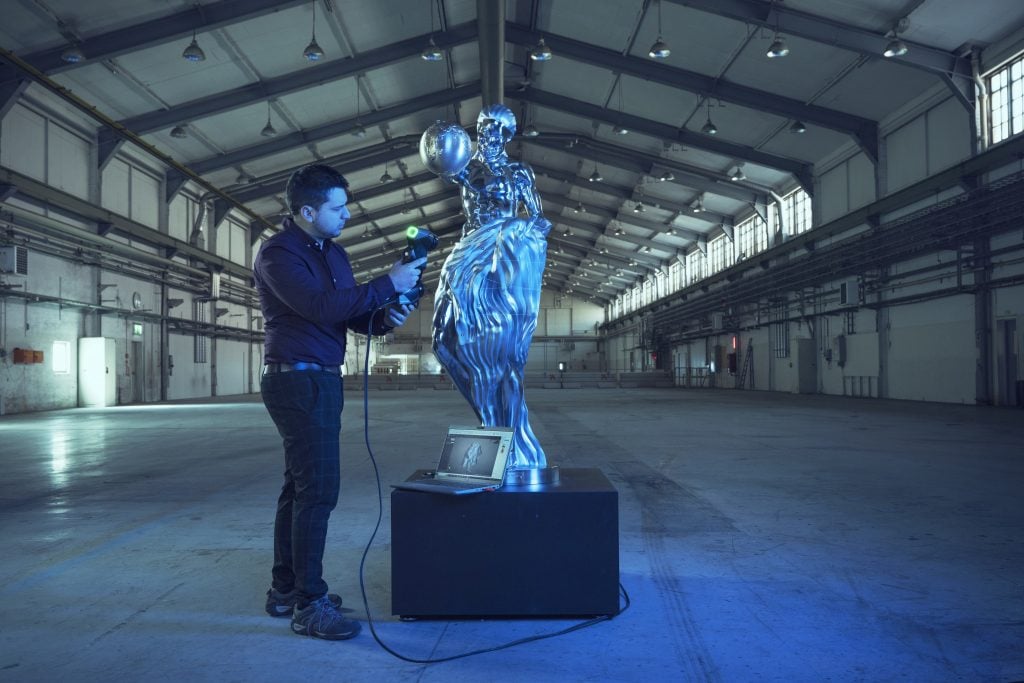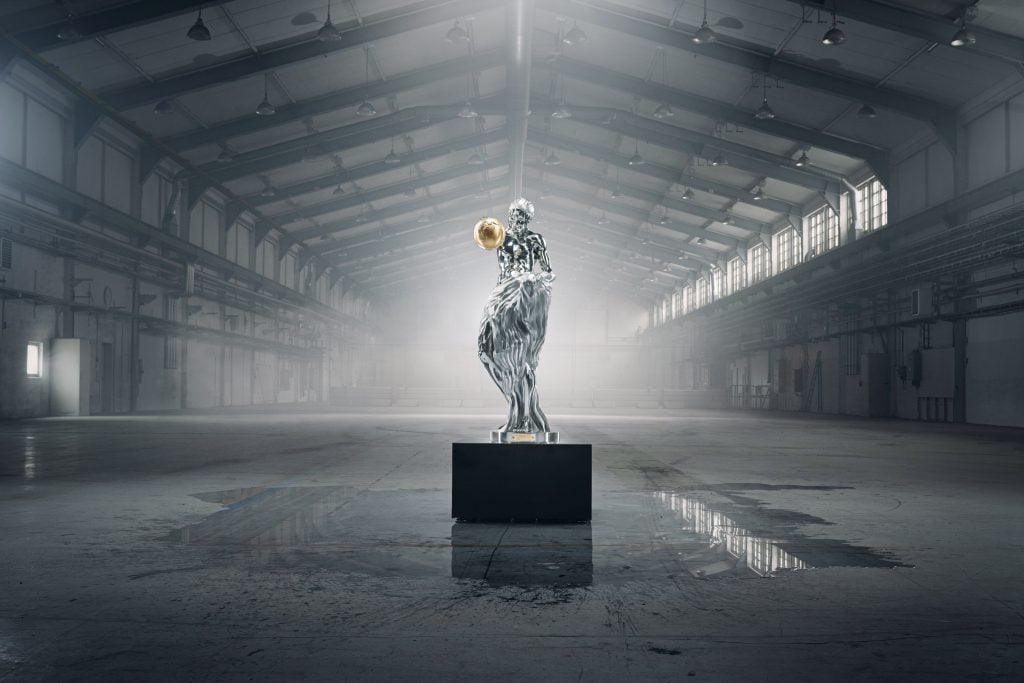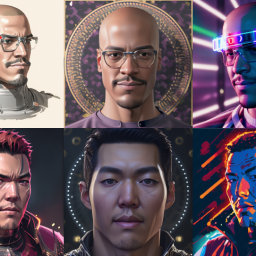There’s a new statue on display at Stockholm’s Science and Technology Museum. From afar, it seems hardly remarkable, a human-shaped swirl of stainless steel clutching an orb. It appears almost like an oversized awards trophy. Only upon investigation does the singularity of the five-foot work become apparent: it’s been produced through a fusion of generative A.I. and precision manufacturing.
It’s called The Impossible Statue, a title that given the underlying concept and laborious design process seems hardly hyperbolic. The work came to life through a collaboration between The A.I. Framework, a consultancy, and Sandvik, an engineering firm specializing in metal-cutting, which pushed the project as a means of flaunting its computer-programmed manufacturing.
Though this project is art-centric, the manufacturing methods involved in creating The Impossible Statue differed little from other tasks, said Nadine Crauwels, president of Sandvik Machining Solutions: “By using all our capabilities, we can significantly improve manufacturing efficiency, reduce waste, and ensure the highest quality.”

The Impossible Statue (2023). Photo courtesy the Swedish National Museum of Science and Technology.
First, they trained A.I. models on the work of five sculptors weaving together the contrapposto of Michelangelo, the musculature of Rodin, the naturalism of Käthe Kollwitz, the movement of Takamura Kotaro (a great follower of Rodin), and the boldness of Augusta Savage’s figures. The Sandvik team essentially cherry-picked the most desirable attributes from some of the most celebrated sculptors over the past five centuries and then repeatedly generated images using a combination of Stable Diffusion, DALL-E, and Midjourney until they were satisfied.
The result is androgynous figure composed of shifting shades of steel who holds a globe, one that counters the laws of gravity, and whose lower half is entangled in a wavy sheet of metal. Are the invisible hands of the aforementioned sculptors evident? Somewhat. The musculature is certainly bold and the fabric feels like a contemporary reworking of a Renaissance fixation. But then again, the darker social commentaries put forward by the work of Kollwitz and Savage seems absent in a statue brimming with promise.

Sandvik worker checking the precision of the statue. Photo courtesy Sandvik.
After settling on a design, Sandvik converted the 2D image into a 3D model using both depth-estimator software and human pose estimation, a computer task that identifies different part of the human body within a scene. The company then thoroughly tested the manufacturing process in a series of digital simulations, cutting the amount of steel used in the process by half. The statue it produced was devised was composed of nine million polygons, 17 separate steel pieces, and differed from the digital design by less than 0.03 mm.
“The Impossible Statue is a great example of what the combination of modern technology and human brilliance can create,” Peter Skogh, director of the Science and Technology Museum, said in a statement. “Our mission is to create a broader understanding of the possibilities of technology and to stimulate the next generation. This project is ticking all the boxes for us.”











